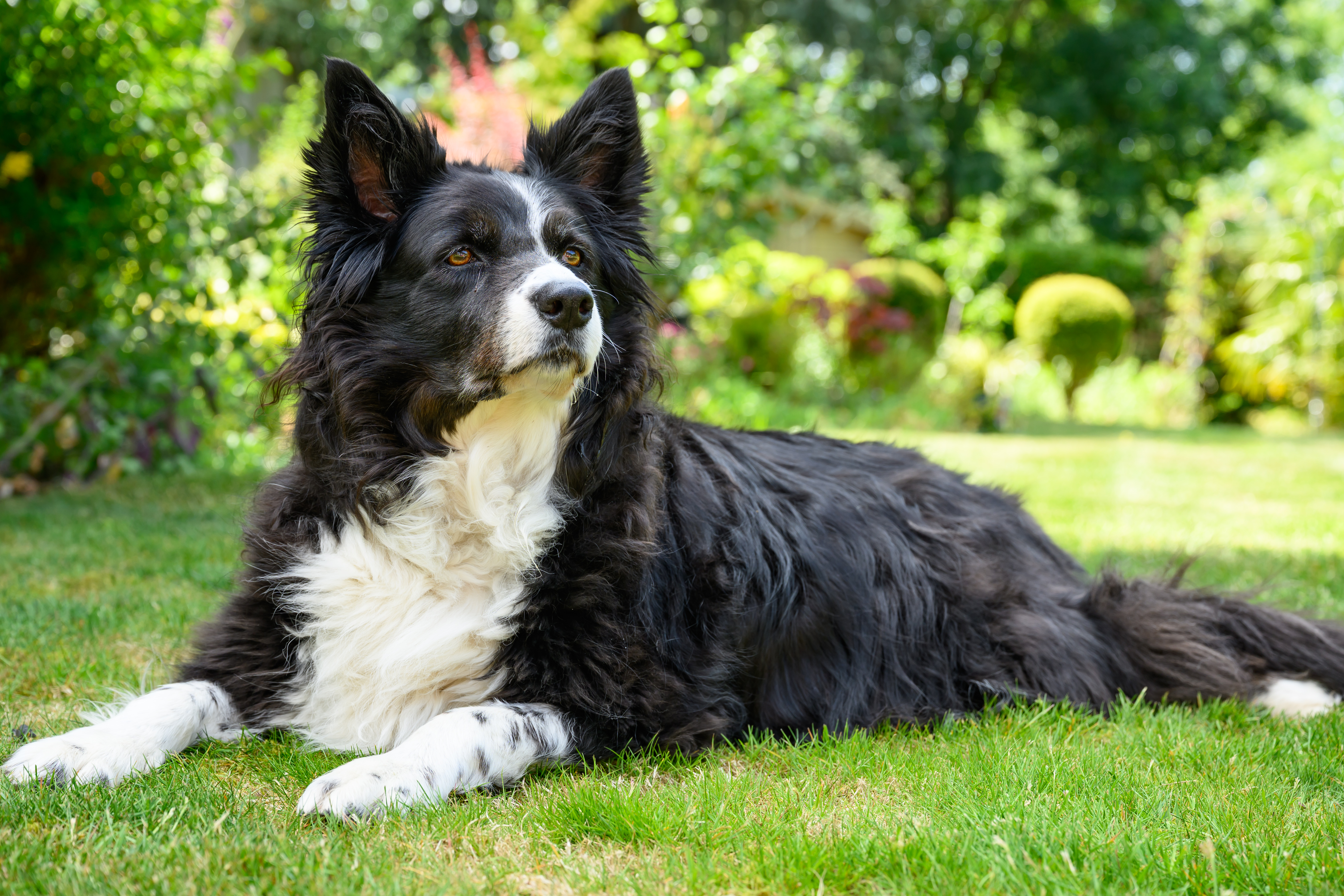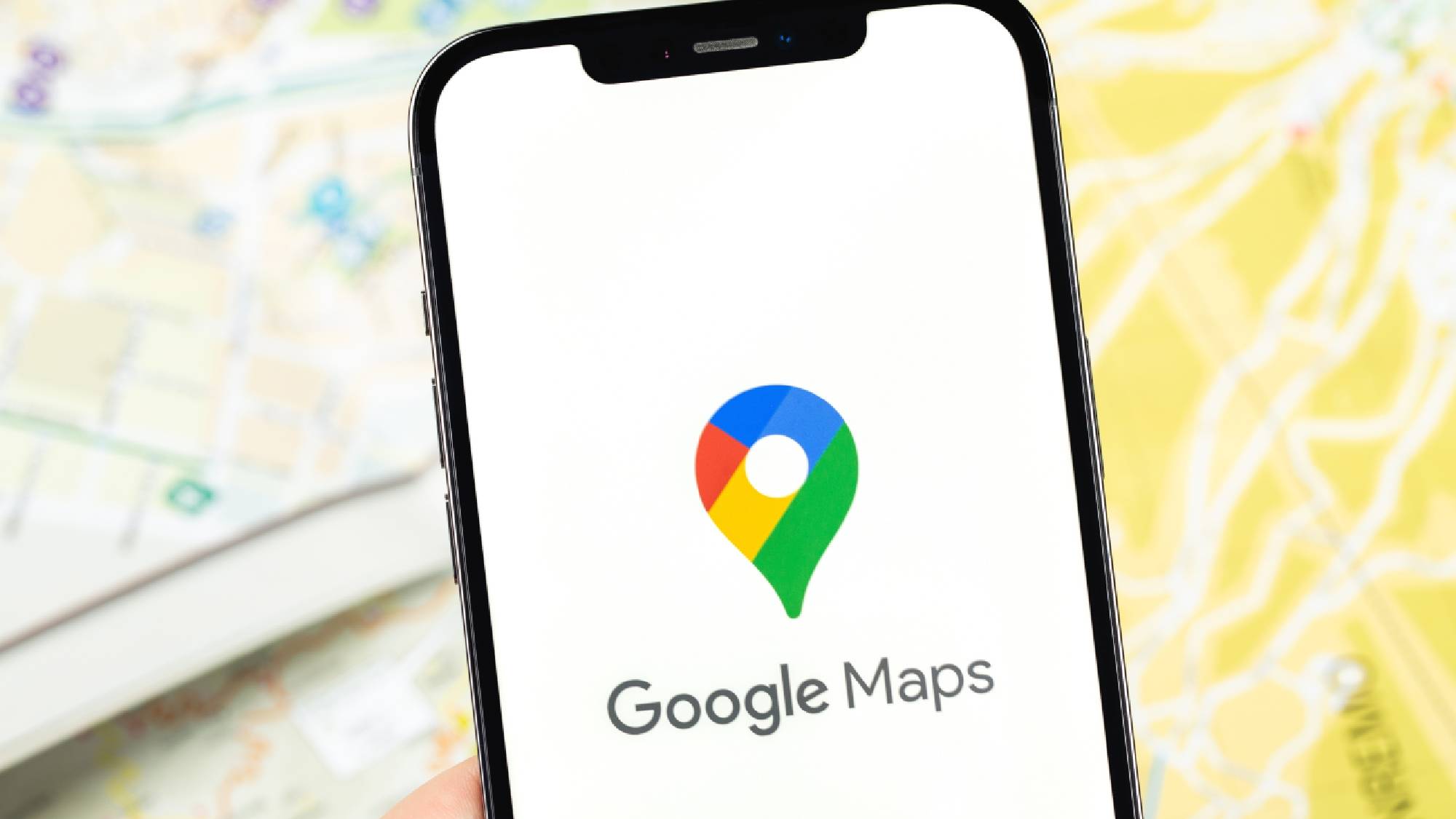Tom's Guide Verdict
Nikon just changed the mid-market full frame game. The Nikon Z5II is a stripped back version of the Z6III, coming in at a much lower price yet still packing an impressive array of pro features. This is an ideal upgrade from your beginner camera if you're starting to take photography more seriously. Imaging performance is excellent, especially in low light, plus it handles beautifully and can shoot 4K/60p, with 4K/30p internal RAW also available. While the AF is reasonably strong, it isn't as snappy or reliable as Canon or Sony systems. Battery life, meanwhile, is middling. Still, for just under $1,700, this is an unbelievable mirrorless camera for the money.
Pros
- +
Supreme value for money
- +
Lots of pro features
- +
Fantastic imaging performance
- +
Subject detection AF
- +
4K internal RAW video
Cons
- -
AF not as snappy as rivals
- -
Mediocre battery life
Why you can trust Tom's Guide
The Nikon Z5II is a mid-range mirrorless camera and successor to the Nikon Z5. As with the original Z5, the new model is billed by Nikon as an ‘entry-level full frame’ camera, just like its main rival, the Canon EOS R8.
‘Entry-level full frame’ can be a little misleading, so allow me to quickly parse the camera lingo for you. Nikon and Canon use a (theoretical) customer pipeline — they funnel newbies onto their systems with cheaper APS-C models, then upsell pricier full frame models as upgrades.
As such, while this is Nikon’s ‘entry level full frame’ camera, it isn’t a beginner camera. The Z5II is supposed to be your ticket into the full frame big leagues, and it’s priced and specced accordingly.
The Z5II sits mid-market in the overall mirrorless space. A stripped back version of the fantastic Nikon Z6III, it’s relatively affordable to young and/or new-ish photographers who know what they want, while also offering enough features to suit serious photography — even paid commissions.
So, is it worth the money? You'd better believe it. This is one of the best mirrorless cameras you can buy. Find out more in my full Nikon Z5II review.
Nikon Z5II review: Cheat sheet
- What is it? Nikon's entry-level full frame camera
- Who is it for? Enthusiasts who want to take photography more seriously; those upgrading from an APS-C or DSLR camera
- What does it cost? $1,699 / £1,599 — a great price given the features and performance
- What's good? Beautiful stills, subject detection AF, astounding low light performance and dynamic range, and helpful pro features like dual card slots
- What isn't? The AF isn't as snappy as that on rivals, and battery life is mediocre at best
Nikon Z5II review: Specs
Specs | Nikon Z5II |
|---|---|
MSRP (launch) | |
Sensor | 24.5MP full frame |
Processor | Nikon XPEED 7 |
Lens mount | Nikon Z Mount |
Stabilization | 5-Axis, 7.5 stops |
AF System | 299-point Hybrid AF |
Viewfinder | 0.5-inch Quad-VGA OLED, 3.69m dots |
Display | 3.2-inch vari-angle TFT, 2.10m dots |
ISO range | ISO100-64,000 |
Max video resolution | 4K/60p |
Ports | 2x SD/SDHC/SDXC UHS-II. USB-C; mic; headphone; Micro HDMI; hot shoe |
Wireless connectivity | Yes |
Max shooting speed | 15fps |
Max shutter speed | 1/8,000 sec |
Battery life (CIPA) | 390 frames |
Size | 5.3 x 4 x 2.9 inches |
Weight | 1.5lbs |
Nikon Z5II review: Price & availability
The Nikon Z5II costs $1,699 at Amazon, body only. As I mentioned above, this puts it firmly in the mid-range mirrorless market, and into direct competition with Canon’s entry-level full frame camera, the Canon EOS R8 ($1,499) — which also packs a 24-ish megapixel 35mm sensor.

While slightly pricier than the EOS R8, though, the Z5II blows that camera out of the water with a roster of professional features you won’t find on the Canon. There’s IBIS, dual card slots and more remappable Fn buttons — better fitting the Z5II to the requirements of paid photography work.
Get instant access to breaking news, the hottest reviews, great deals and helpful tips.
In fact, the Z5II’s features pit it more against semi-pro bodies, like the Canon EOS R6 Mark II ($2,499) and Sony A7 IV ($2,499), both of which the Nikon undercuts (heavily) on price. If you’re a budding pro, looking for your first full frame camera for commissions, the Z5II is a proper steal.
Nikon Z5II review: Design & controls

The Nikon Z5II looks exactly like the Z5, and indeed virtually every other Nikon mirrorless camera, save the retro Nikon Z f ($2,000) and Nikon Z fc ($959). It isn’t particularly exciting to look at. That said, its functional looks are matched by its handling, as I’ll cover shortly.
At 5.3 x 4 x 2.9 inches and 1.5lbs, the Z5II is no featherweight, although it certainly isn’t cumbersome or heavy. Even with the chunky Nikkor S 28-70mm F2.8 lens, I had no issues carrying the Z5II around Frankfurt for several hours in 36°C / 97°F heat while on a press trip.
Controls
As I mentioned above, I took the Z5II on a press trip to Frankfurt, using the camera to shoot product photography of a new piece of tech. It can often be rather chaotic trying to photograph a product that 10 other journalists are also trying to shoot. In those moments, you need a camera that handles intuitively, so you can get what you need, quickly.

The Z5II handles sublimely. The chunky front grip and flip out display are ideal for handheld shooting at odd angles. Controls are almost all positioned on the right hand side of the rear and top panel, so you never need to stretch to reach anything.
Almost everything is remappable, and the two Fn buttons are positioned within the grip recess, like the original Z5, and other cameras like the Fujifilm GFX100 II ($7,499). I love having two Fn buttons in the recess, where they’re much easier to reach than on the top panel, or over on the left hand side of the camera, as with the Sony A7R V ($3,900) I tested recently.
Displays
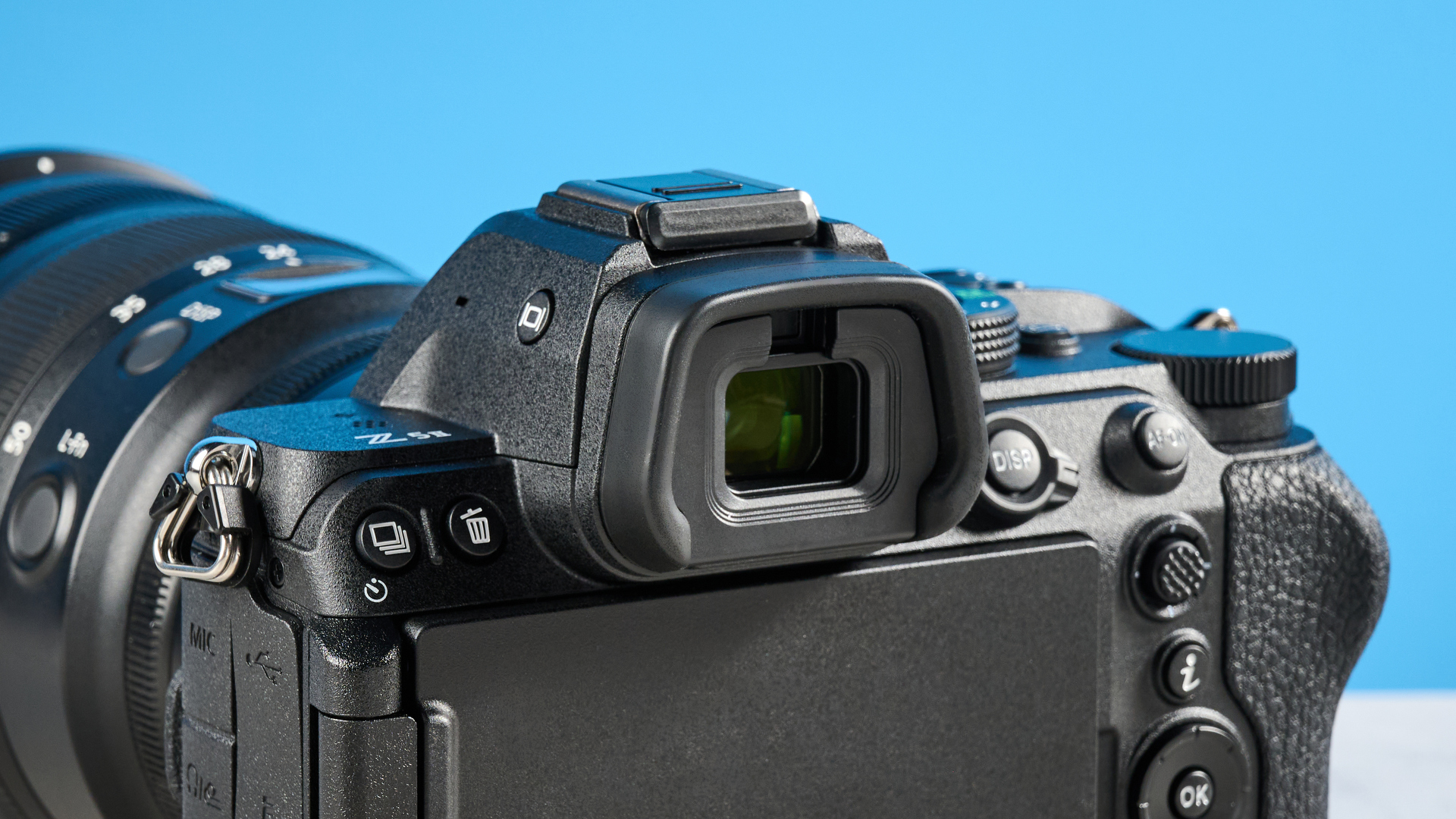
The Z5II features the original Z5’s 3.69M-dot OLED electronic viewfinder, which is higher than the 3.36M-dot EVF in the slightly cheaper EOS R8, and the same resolution as the EVFs in the pricier EOS R6 Mark II and Sony A7 IV. It’s plenty bright and as sharp as you’ll need for 24.5MP.
The rear display is a 3.2-inch vari-angle LCD, with a 2.1M-dot resolution. This is a higher resolution than on all three of the rivals mentioned above. The display has 15 brightness levels, while the EVF has 18, including +/- boost levels on each. The bright boost levels on the rear display came in very handy while shooting in the blazing German sunshine during testing in Frankfurt.
Connectivity

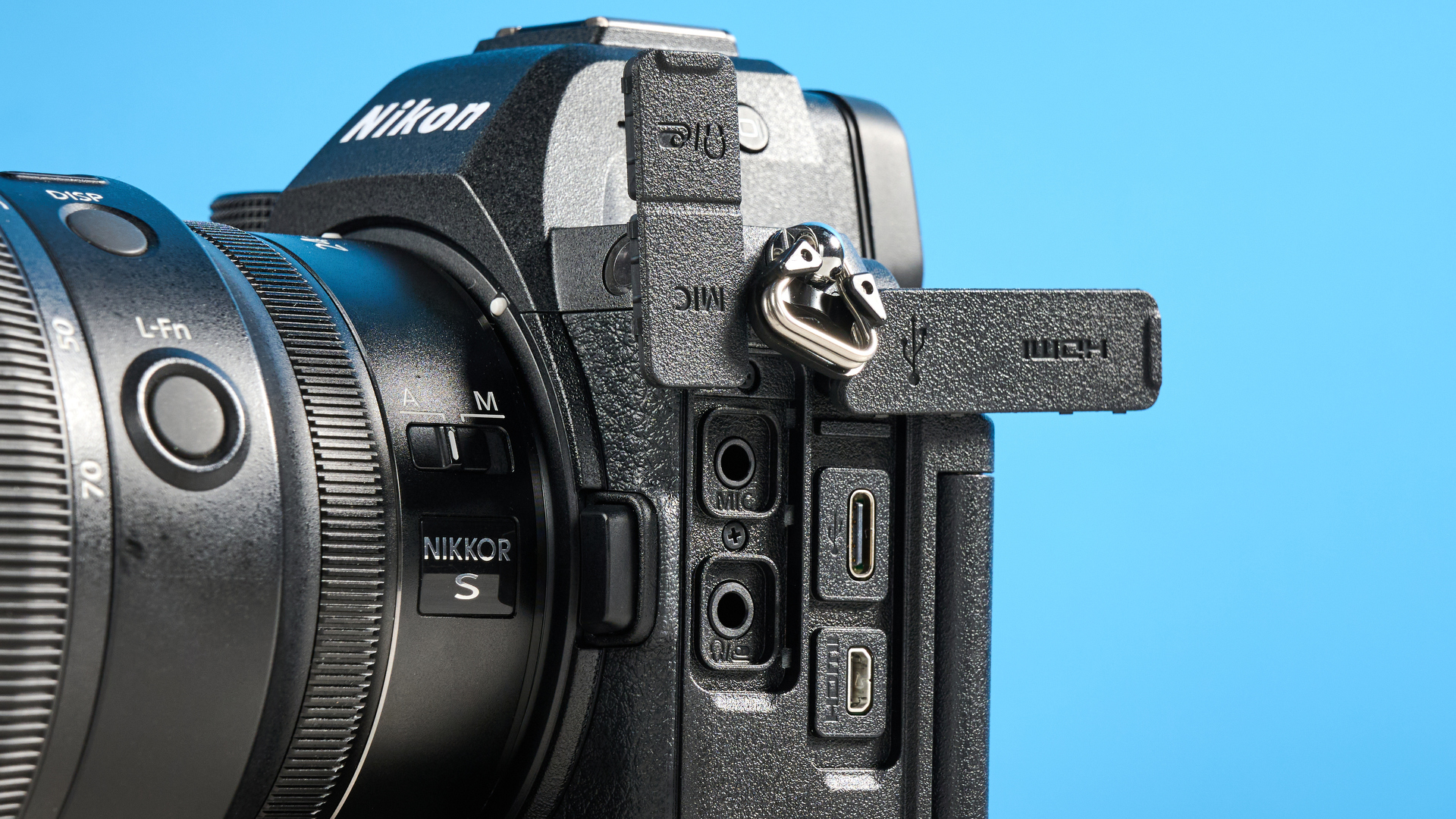
The Z5II is hooked up pretty well for the money. Most importantly, it features dual SD slots, so you can write backup files to a second card — an absolute necessity if you want to start taking paid commissions. The EOS R8 features only a single card slot, marking it distinctly as an amateur/enthusiast camera, and no more.
Along the left hand size of the Z5II, you’ll find a micro-HDMI, USB-C, mic and headphone ports, with a hot shoe on the EVF housing for flash hookup.
Nikon Z5II review: Autofocus
Nikon promises 68% faster autofocusing speeds from the Z5II versus the original Z5, and focusing down to EV-10, both thanks to the latest XPEED 7 processor.
I wasn’t able to achieve reliable focus at EV-10 (a frankly crazy number — I’m not sure how you’d have enough contrast in a scene that dark for the AF to work), but I was impressed with how well the camera was able to focus in low light, around the EV-3 to EV-5 region (itself impressive).
Subject detection
The new model also features subject detection modes for humans, animals and vehicles, with an automatic mode, so no need to switch manually, just like the Canon EOS R5 Mark II ($4,299) — I love this, as I’ve often missed shots while trying to flick between human and animal modes on other cameras. Looking at you, Fuji and Sony!

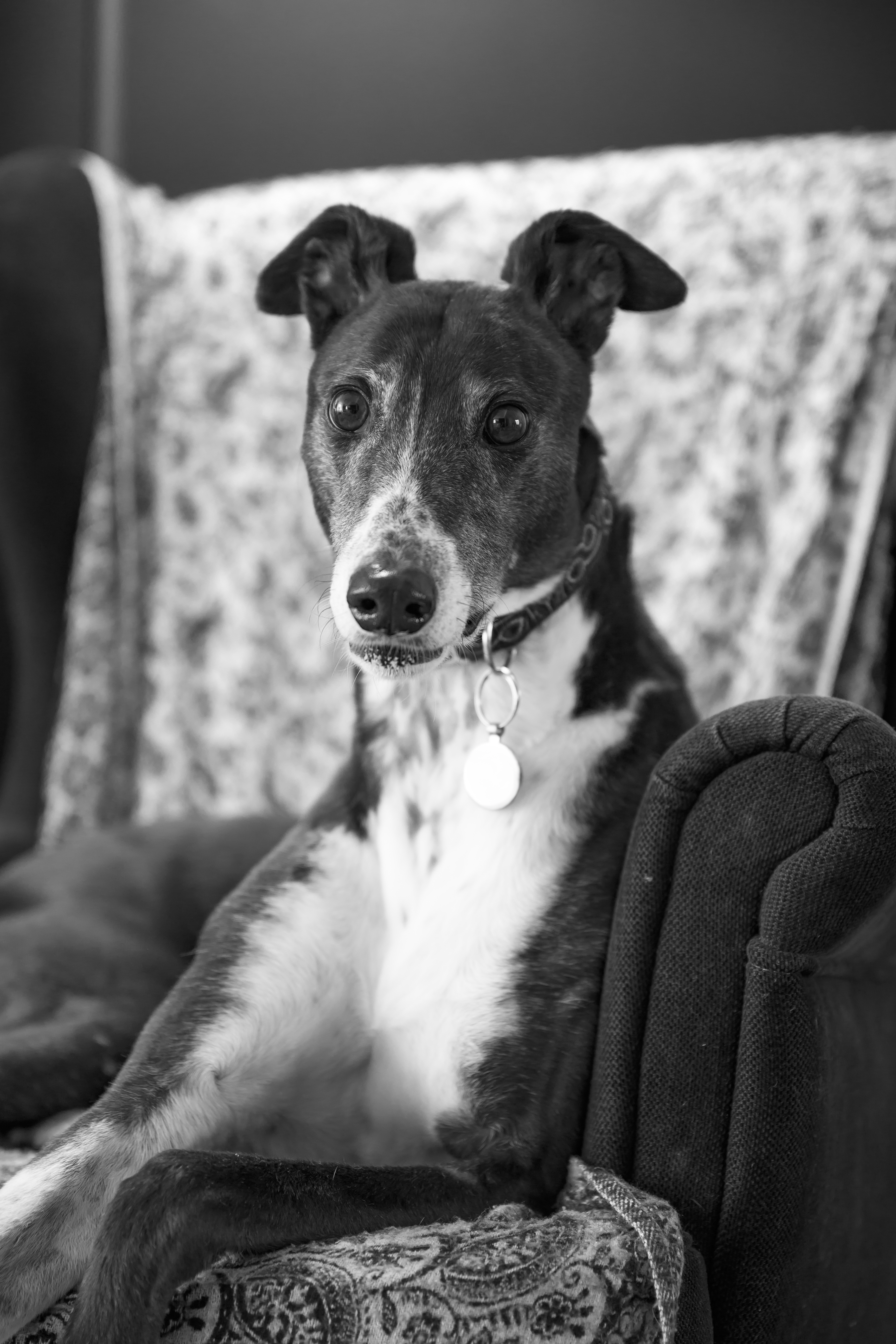
Focusing is generally fairly snappy. The hybrid contrast-/phase-detection AF was able to detect and track stationary or slow-moving humans, dogs and birds, and with relative ease. In the portraits above, the camera had no issue locking onto the subjects' eyes.
As with most cameras, the contrast detection struggled with my dogs’ black fur and eyes, unable to locate their eyes due to the low contrast. Animal eye detection also sometimes focused around the eye, rather than on the pupil, leaving some shots a little softer than I’d like.
You can see in the photo of the dog above, shot at f/5.6 using eye detection, that the eye is slightly softer than the surrounding fur.
High speed detection
Moving targets were a whole different story. Using continuous AF and in high speed drive, I tried to photograph fast-moving dogs and birds. The Z5II was out of its depth, not fast enough to keep up with eyes or even bodies, often focusing behind the subject. I was able to get some reasonably sharp shots, as with the photo of the bird in the high speed drive section later on, but the hit rate was very low.
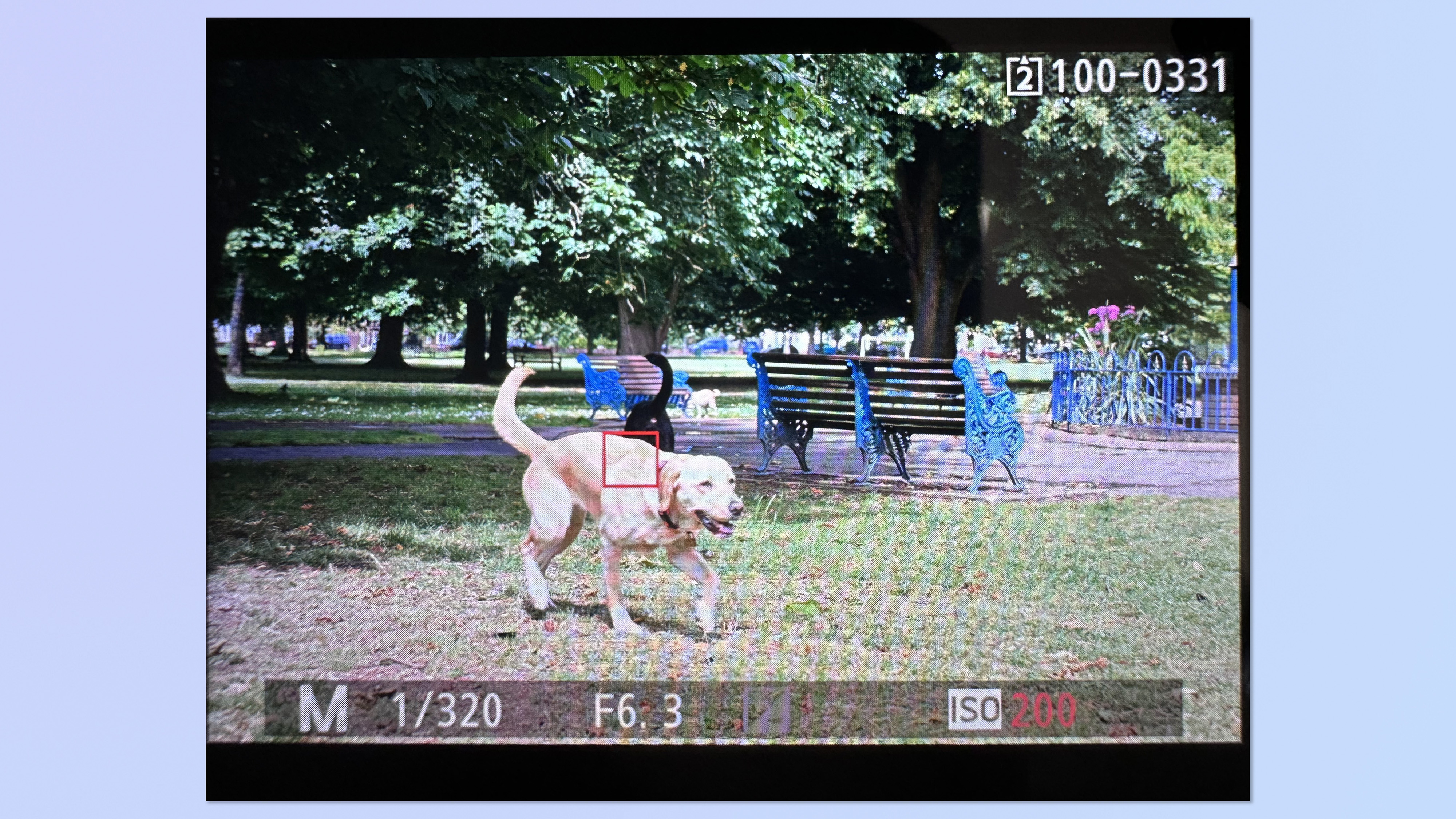
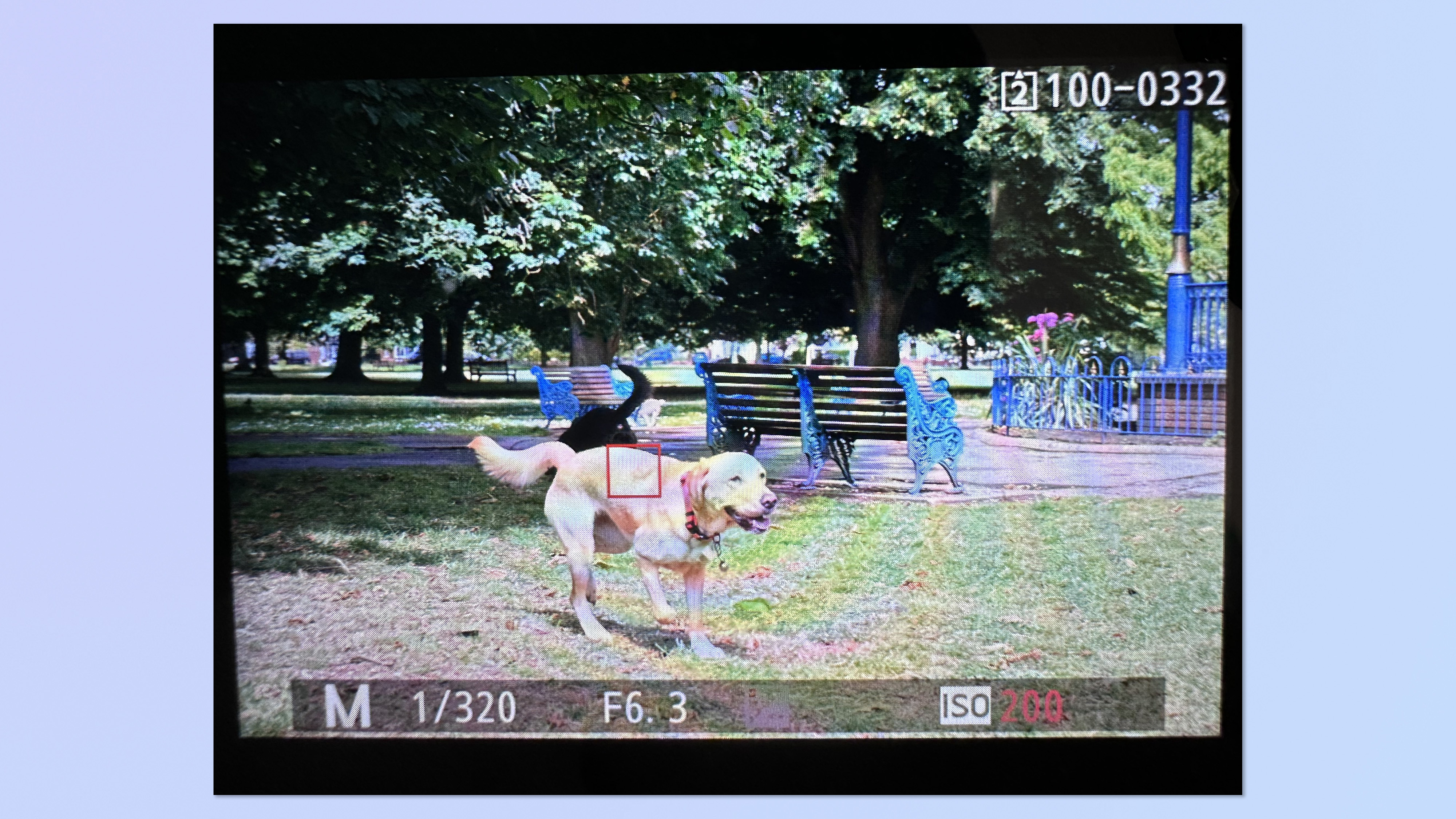
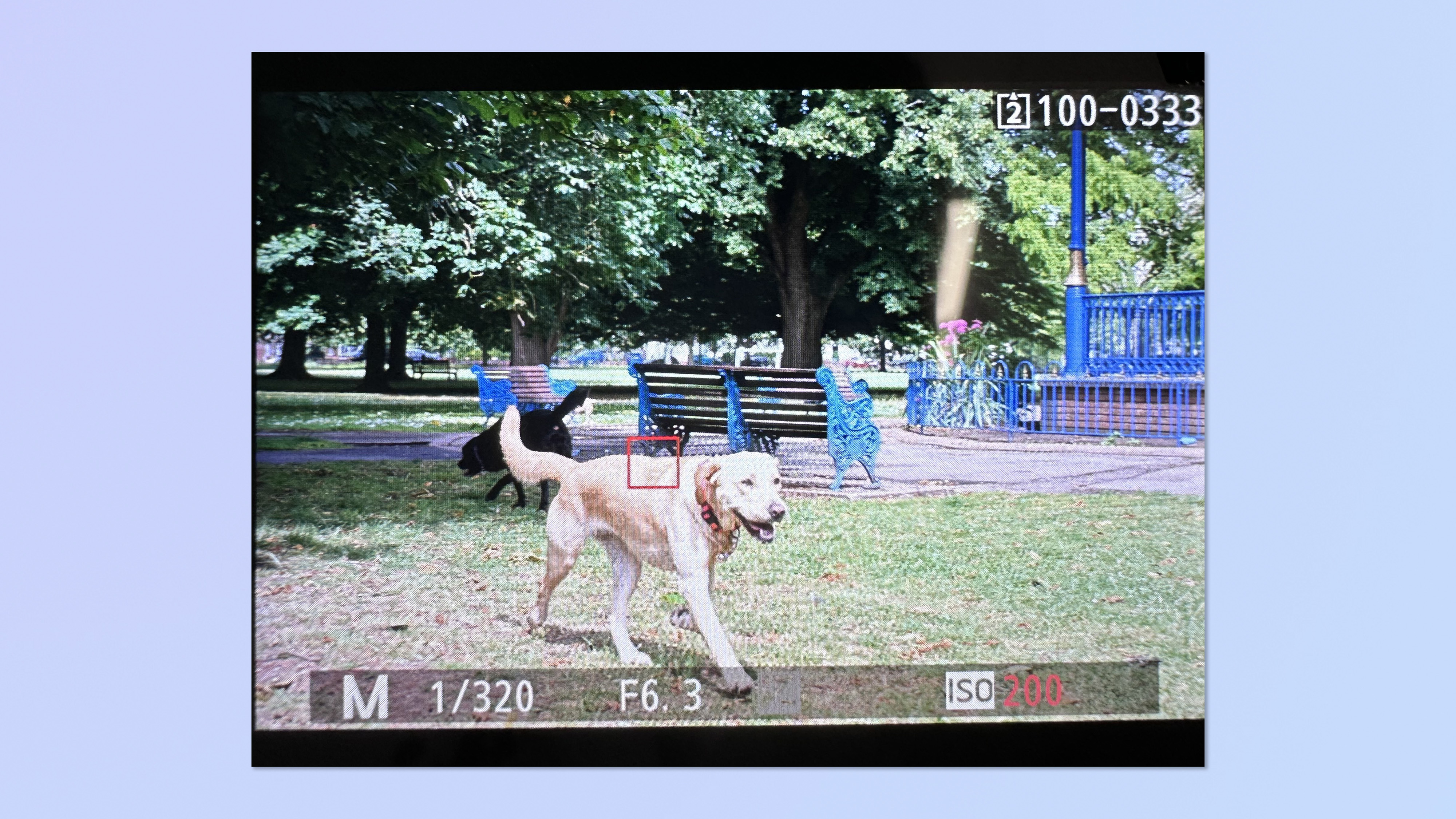
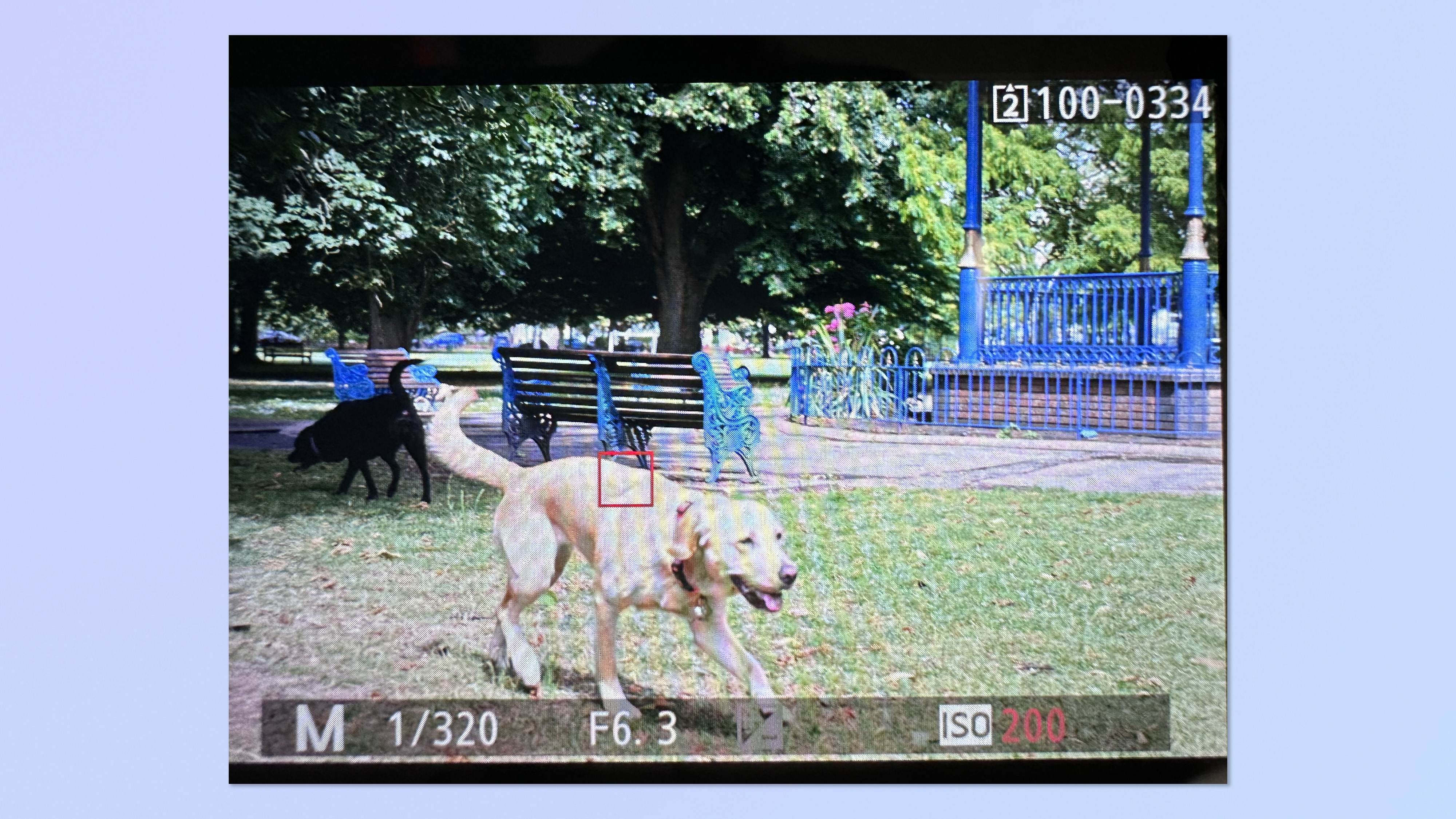
The Z5II allows you to view focal points in playback mode. You can see in the screenshots above precisely where the camera was focusing throughout a series of images, and it's way off, focusing on the dog's back rather than its face, let alone its eye. The dog in those photos wasn't even moving fast.
It’s not a particularly impressive performance compared to the Canon and Sony AF systems, but then again, this is a $1,700 camera. I think the AF performance befits that price. If you’d like ultra-snappy AF at this price, I’d recommend an APS-C camera like the Canon EOS R7.
Nikon Z5II review: Stabilization
The Nikon Z5II features 7.5-stop in-body image stabilization (IBIS). It’s fairly effective, keeping handheld video relatively stable and allowing handheld stills shooting down to shutter speeds of around 1/5 sec before blur from camera shake affects the image.
You can see an example of handheld panning in the video clip above.
The gallery below shows images shot handheld at increasingly slow shutter speeds. The legends on the face of the scale stay sharp down to 1/10sec, but by 1/5sec the image is blurred from camera shake.




This wasn’t a show-stopping performance, by any means, but if you want better stabilization, you’ll have to spend more on a full frame camera, or look at an APS-C camera like the Fujifilm X-T5 ($1,699) or Fujifilm X-S20 ($1,299), which can stabilize handheld shots down to 1 second.
Nikon Z5II review: Image performance
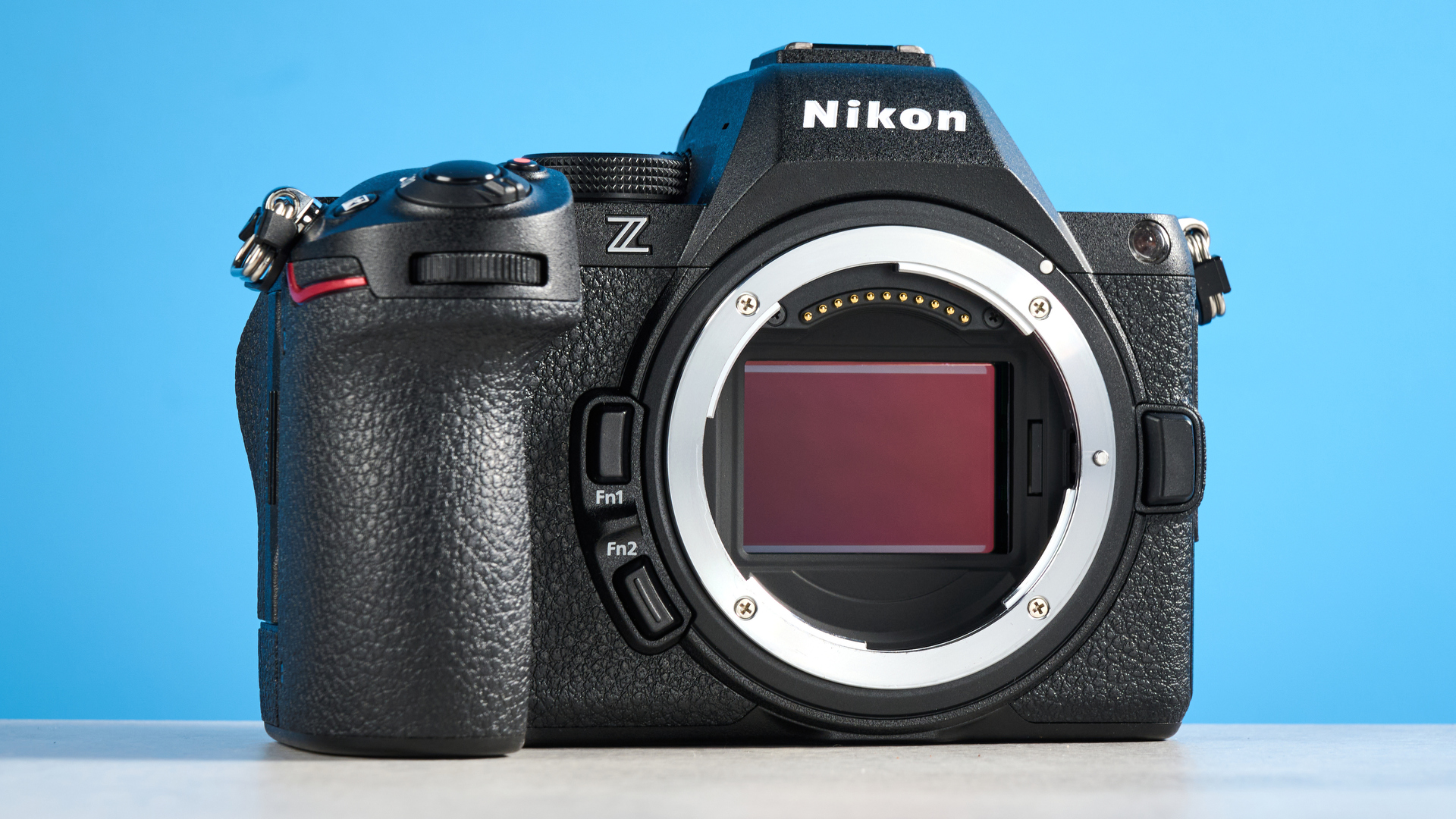
The Nikon Z5II’s 24.5MP full frame sensor produces stunning images. 24.5MP is a relatively modest resolution these days, and lower than the 33MP of the Sony A7 IV — it won’t give you as much headroom for cropping or large format printing than the Sony or other hi-res cameras.
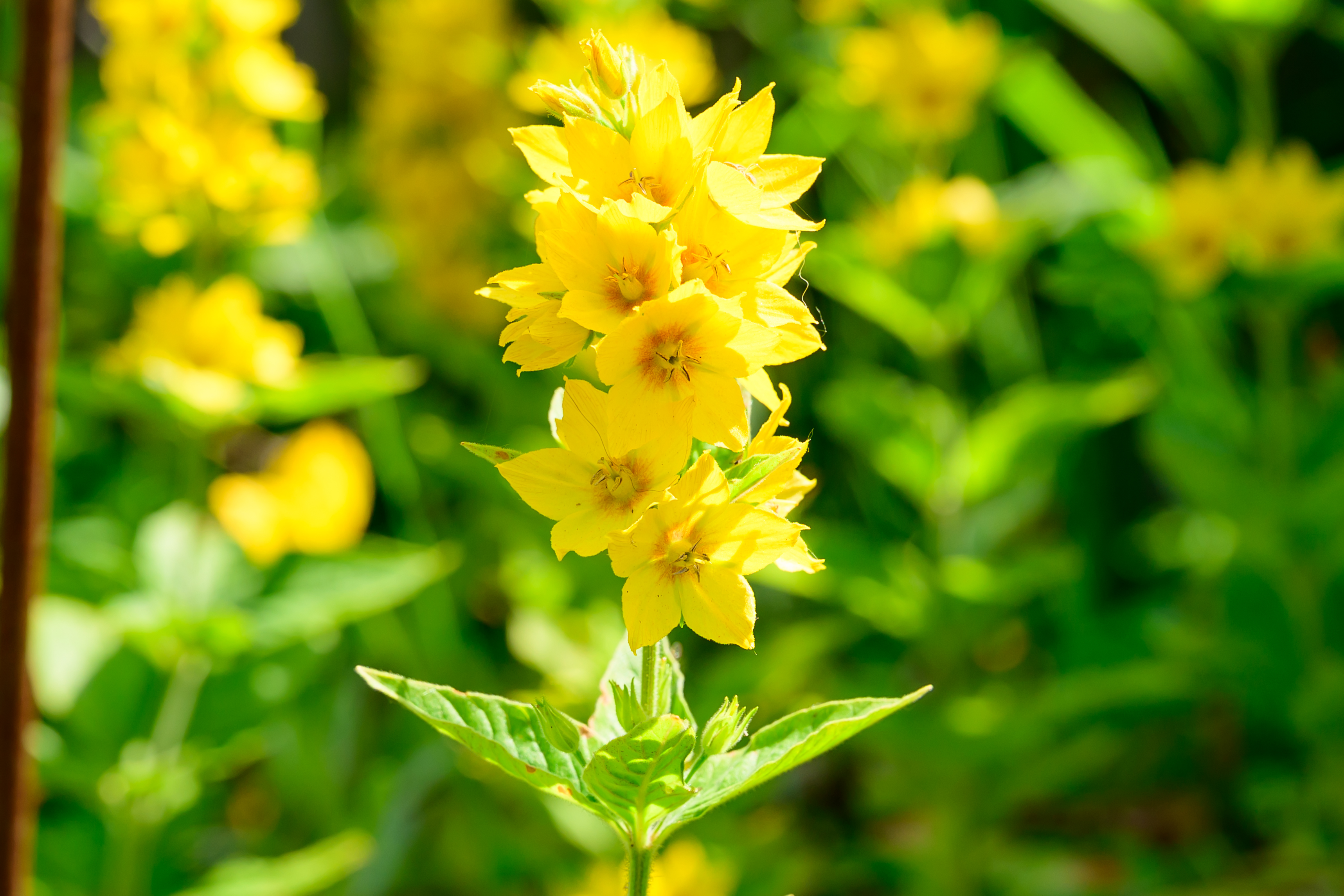

As you can see in the images above, the first of which is a crop into the second, there is a decent amount of detail on display. You can make out the intricacies of the flowers, including stigmas and petal ridges, and even a fine strand of what looks to be hair (probably dog fur!).
These photos also demonstrate that you can get away with moderate crops without sacrificing too much resolution, although I wouldn't want to be cropping much further, as you can on a higher res cameras like the 61MP Sony A7R V ($3,900) or 100MP Fujifilm GFX100S II ($4,999).
The Z5II features a wide array of color profiles, from the typical profiles you’d expect to see on a modern mirrorless, through to playful creative styles. The latter are nice to have, I guess, but a little garish — there isn’t quite the refinement of Fujifilm’s simulation profiles.
Where the Nikon shines, though, is in the quality of the standard profiles, which is what most enthusiast/semi-pro photographers will be sticking to anyway. My favorite is the Vivid profile, which adds lots of saturation and vibrancy without feeling unnatural. The image below was shot in Vivid.
There are also a range of monochrome profiles, and I’m a particular fan of the Deep Mono, with its sleek, modern look but bucketloads of contrast — high praise from a man who usually shoots everything in Fujifilm's Acros.
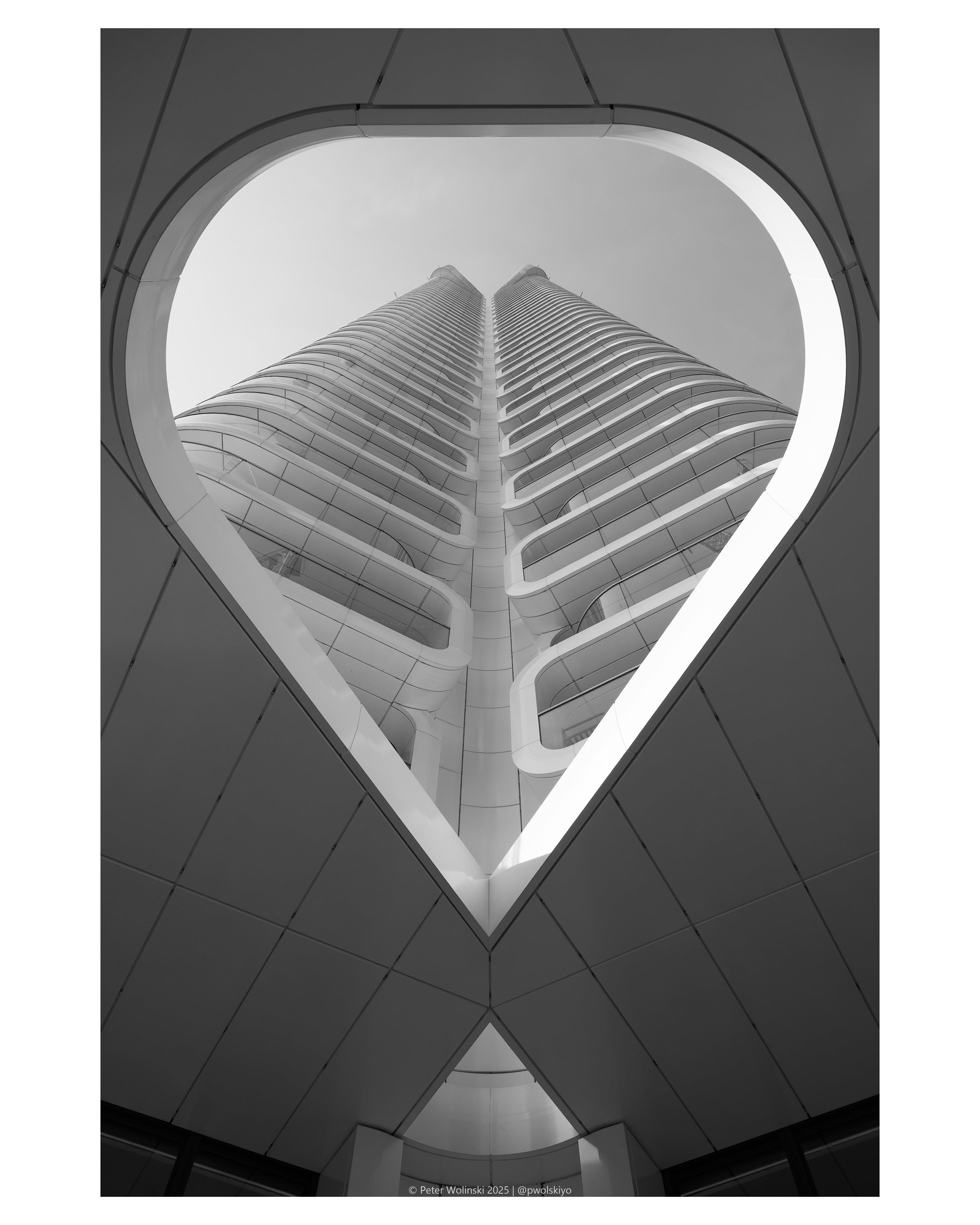
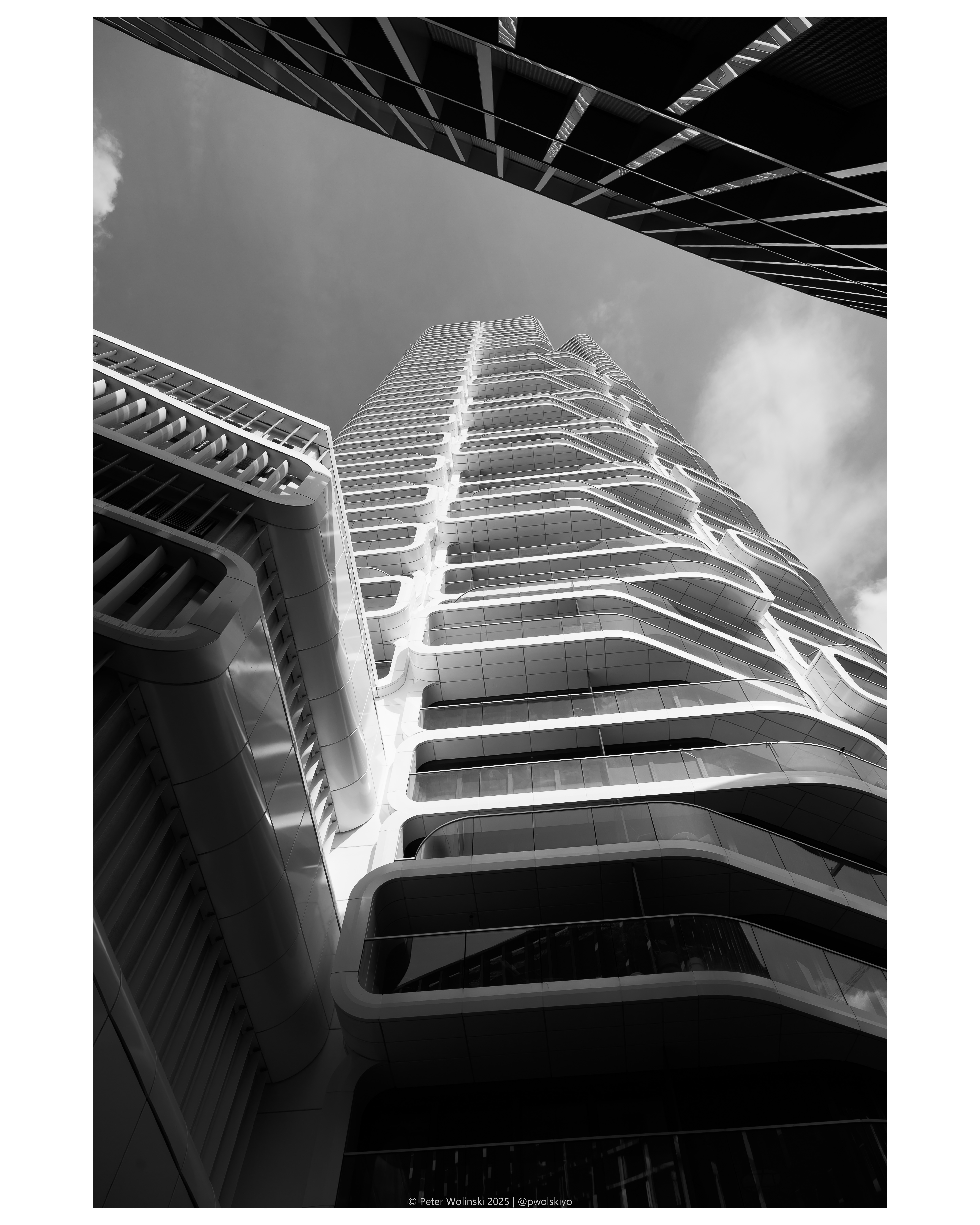
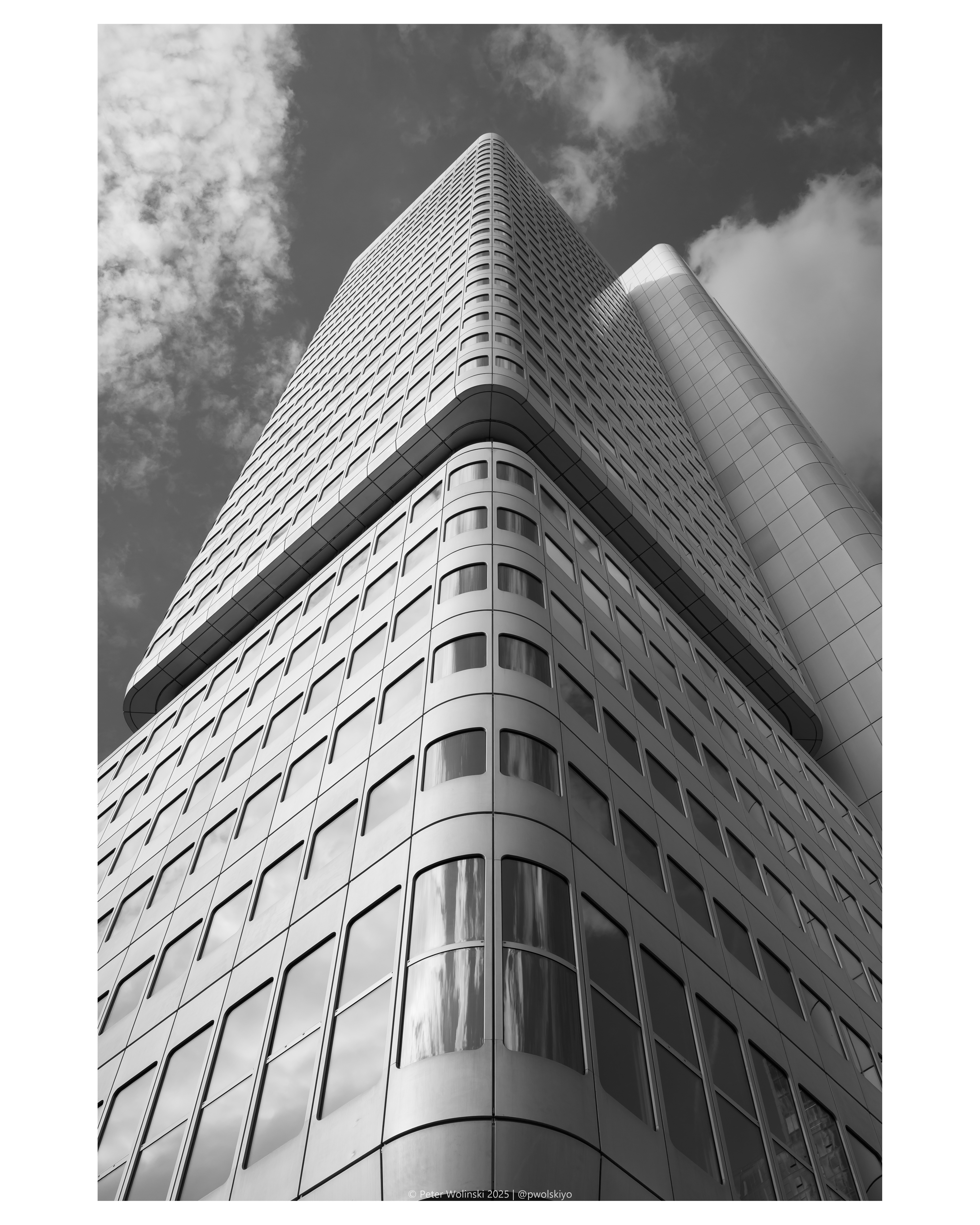

Obviously, serious photographers will be shooting in RAW, where the Z5II can capture in 14-bit color, for over 4 trillion individual hues, giving high color accuracy and plenty of grading flexibility in post.
High speed performance
The Z5II’s high speed burst shooting is impressive, primarily thanks to the speed of the XPEED 7 processor.
In high speed extended mode, the Z5II can shoot at 14fps, or 15fps with silent shutter on. Mileage will vary depending on the cards you’re using, but using two Lexar Professional 1667x V60 UHS-II SDXC cards (RAW to slot 1; Fine JPEG to slot 2), I shot 136 frames at 14fps. Instead of grinding to a halt thereafter, the Z5II kept shooting at low continuous drive rates (3fps) virtually indefinitely, for hundreds of frames.
Of course, continuous drive doesn’t matter that much if your AF can’t reliably keep up with fast-paced subjects, as I discovered in the autofocus section above.
High ISO performance
The Nikon Z5II’s performance at high sensitivities is phenomenal. I was anticipating a good show regardless, as modest-megapixel full frame sensors usually do well here, thanks to their larger light receptors, which generate less digital noise.
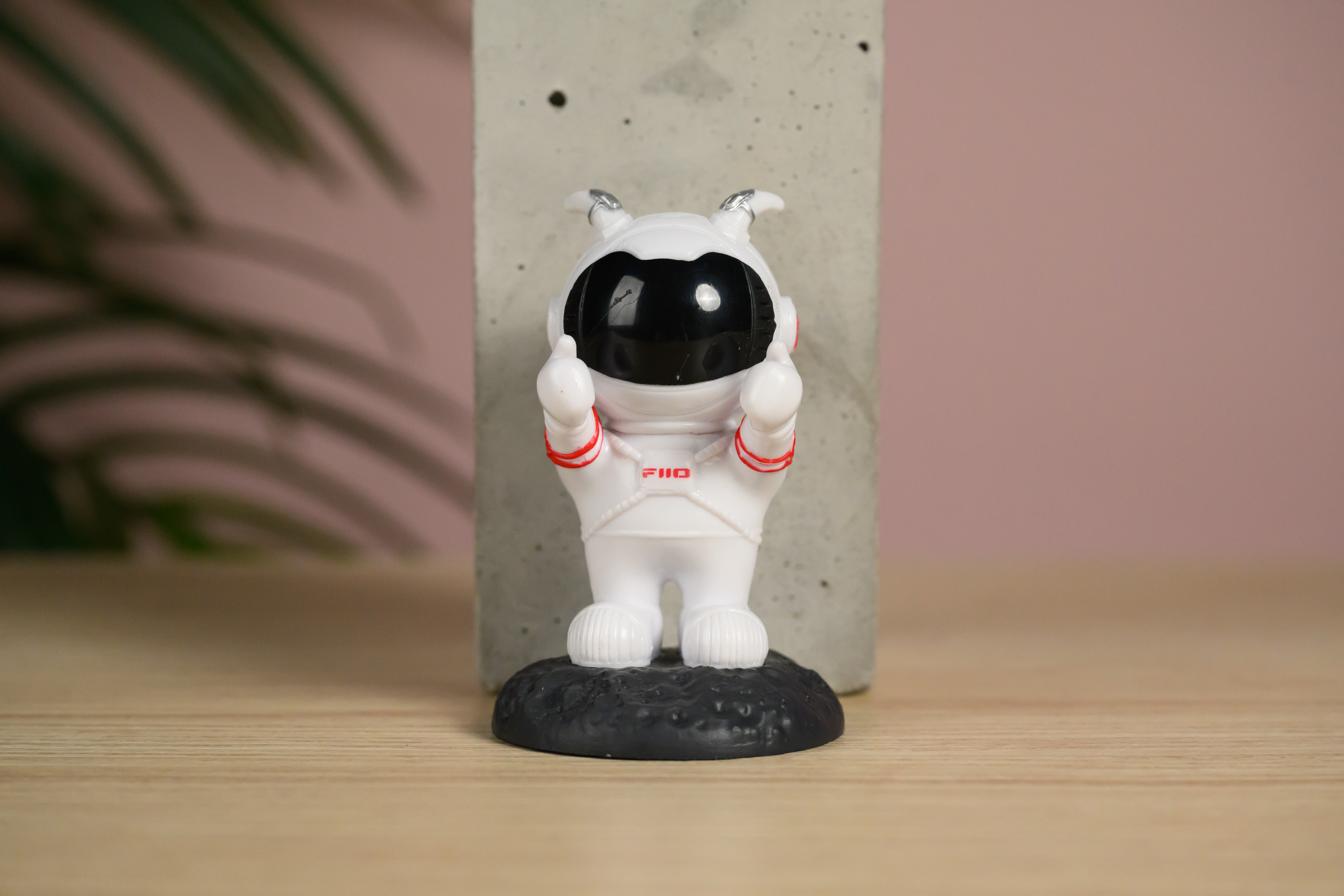
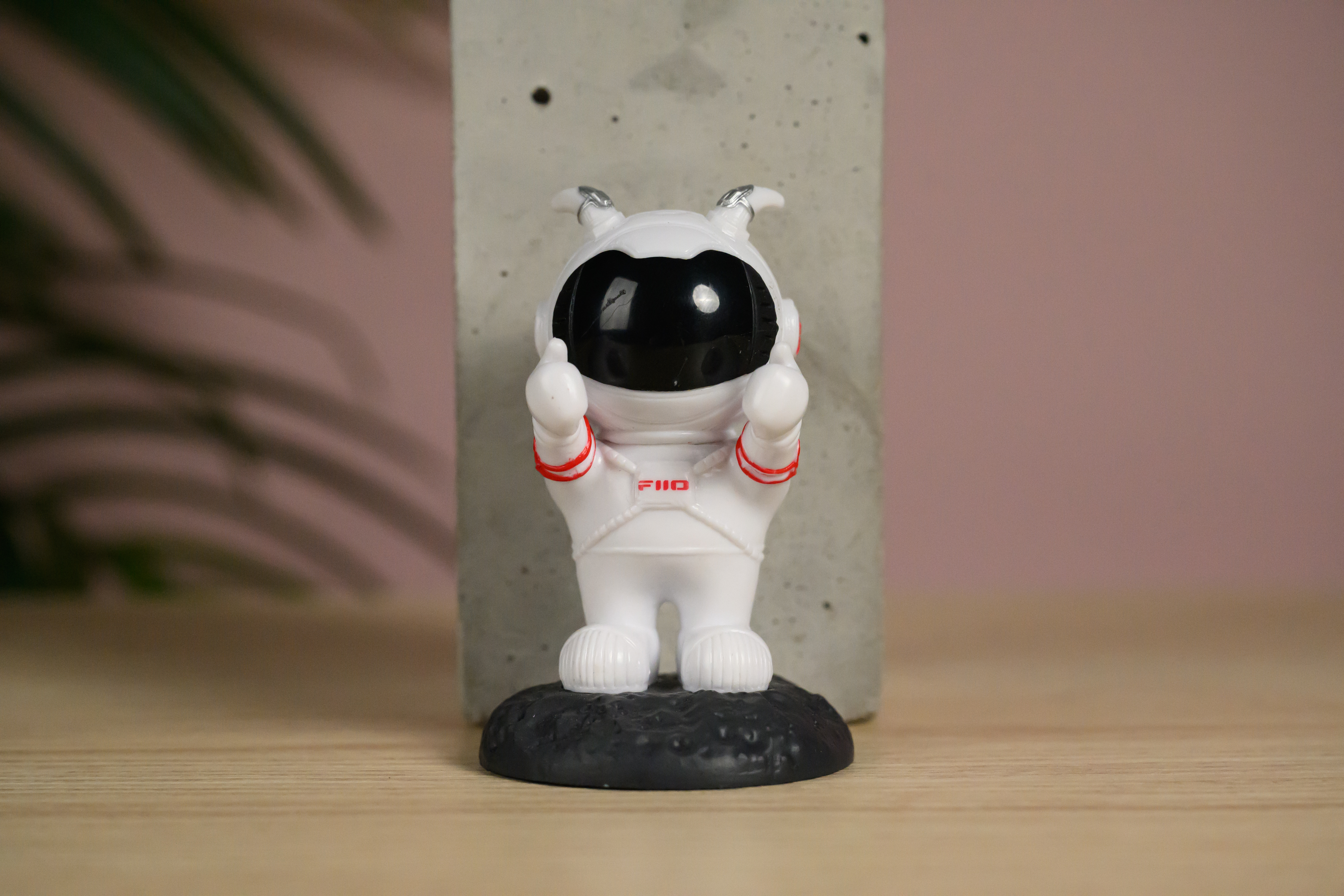
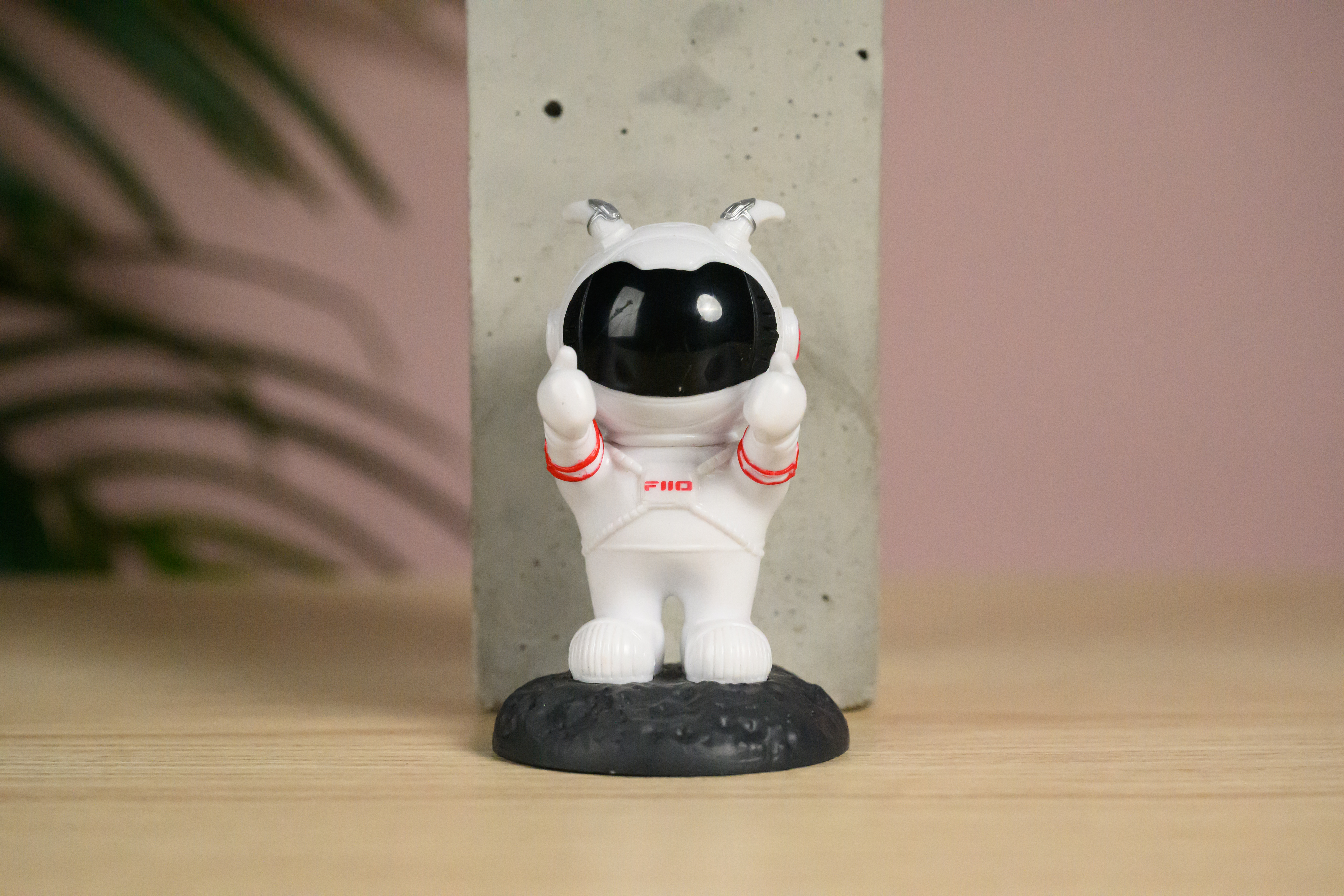

But still, even by modest megapixel full frame standards, the Nikon Z5II is impressive. Above you can see a set of images at ISO6400, 12,800, 25,600 and 51,200. These are exports of the RAW files, with no noise processing applied in post production. Even at ISO51,200, while there is noticeable noise and loss of definition in the subject, it’s still a usable image.
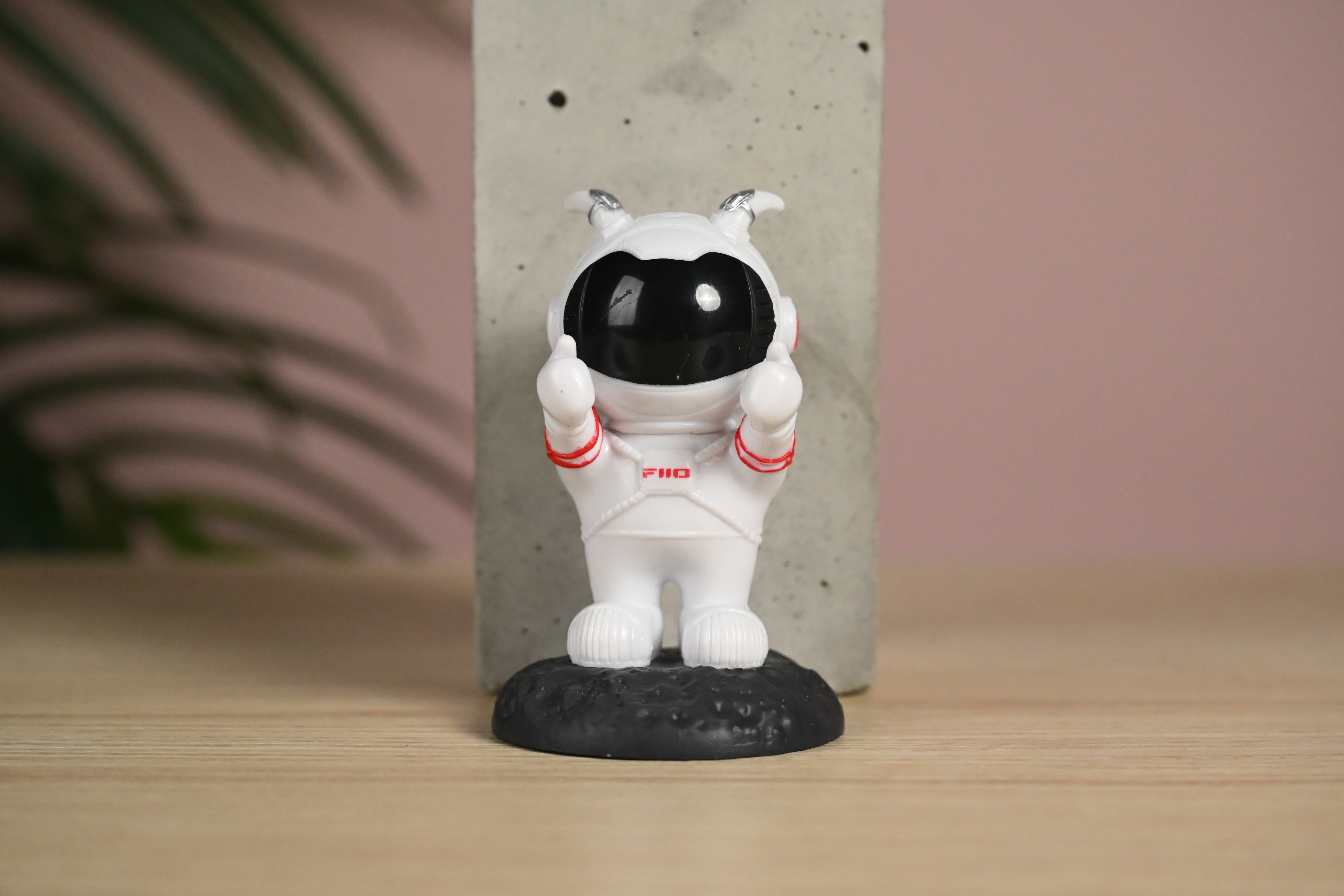
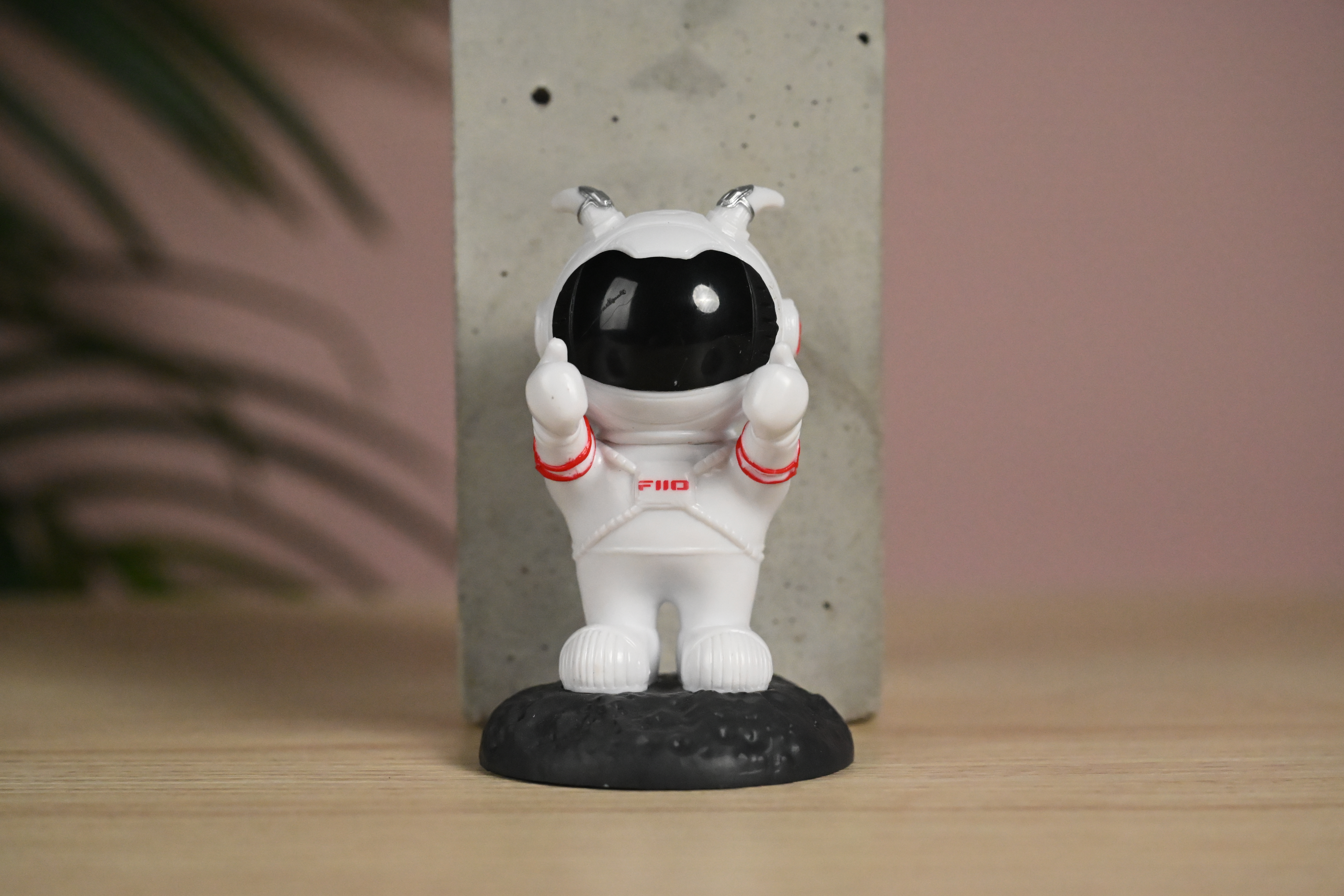

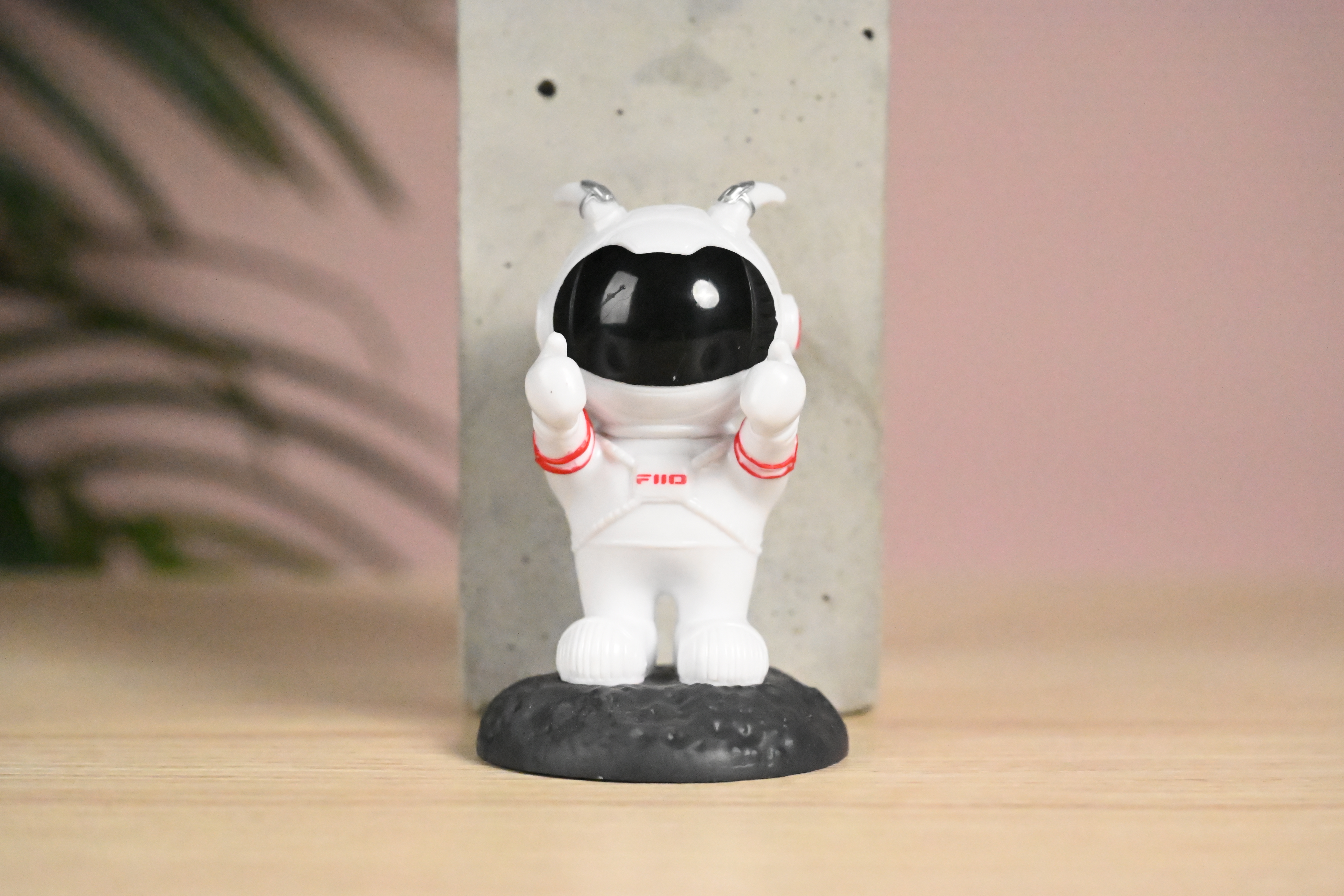
Above you can see the straight out of camera (SOOC) JPEG files, with the camera’s standard level of noise reduction applied. Again, it’s an astoundingly clean display. The smoothing of noise suppression becomes noticeable at ISO25,600, but even by ISO51,200, does not seriously impact the overall image.
Dynamic range
The Z5II also demonstrates strong performance in wide dynamic ranges. The first image below is shot at ISO100 and deliberately backlit. The second is the same file with shadows and exposure boosted and highlights reduced in post.

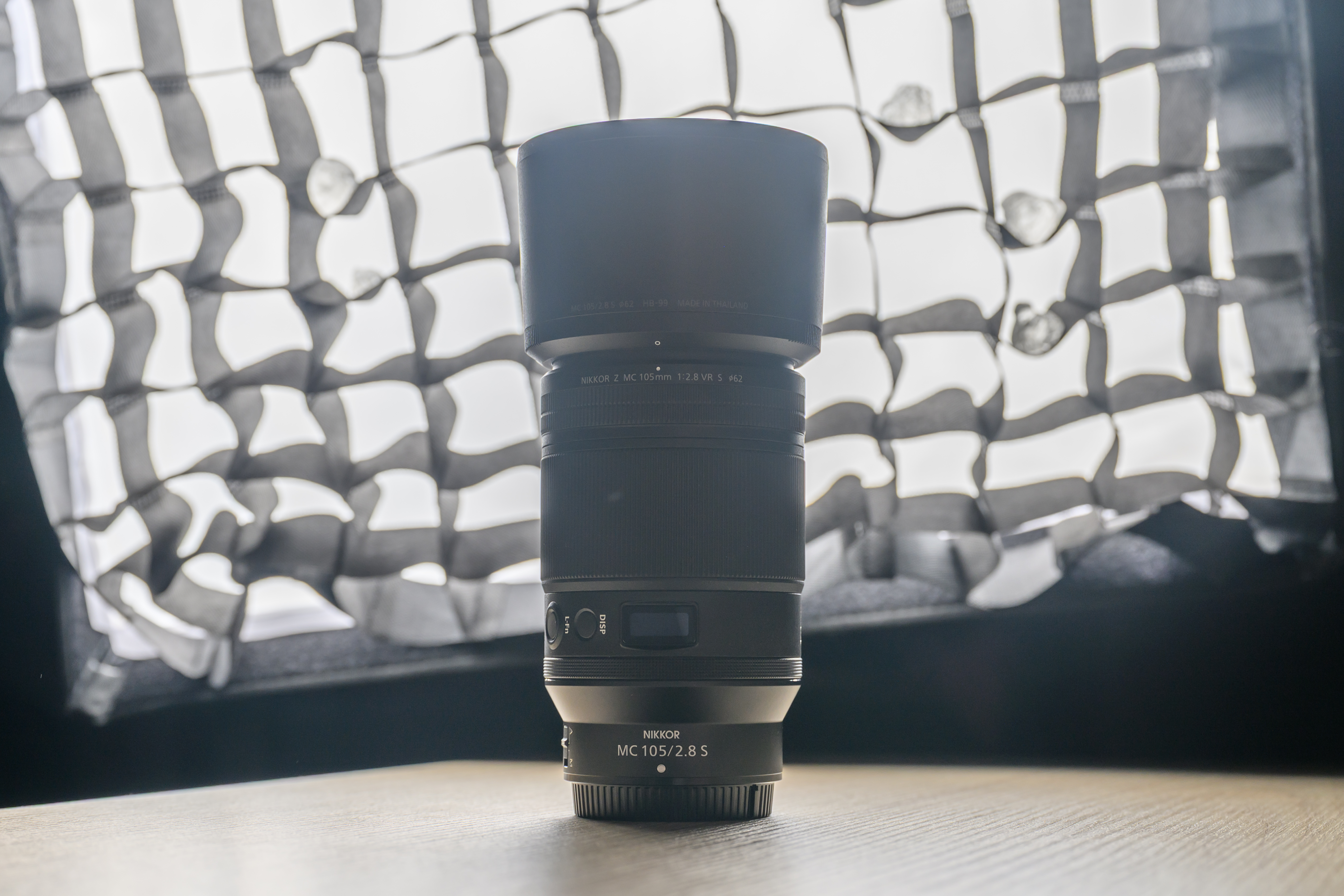
Plenty of shadow detail has been retained and is visible in the second image. The shadows are very clean and free of noise. I placed several fake ice cubes in the softbox netting: these weren’t totally blown out and the detail has been retained and was retrievable with reduced highlights.
This is an extreme test, but demonstrates a very wide dynamic range.
Nikon Z5II review: Video performance
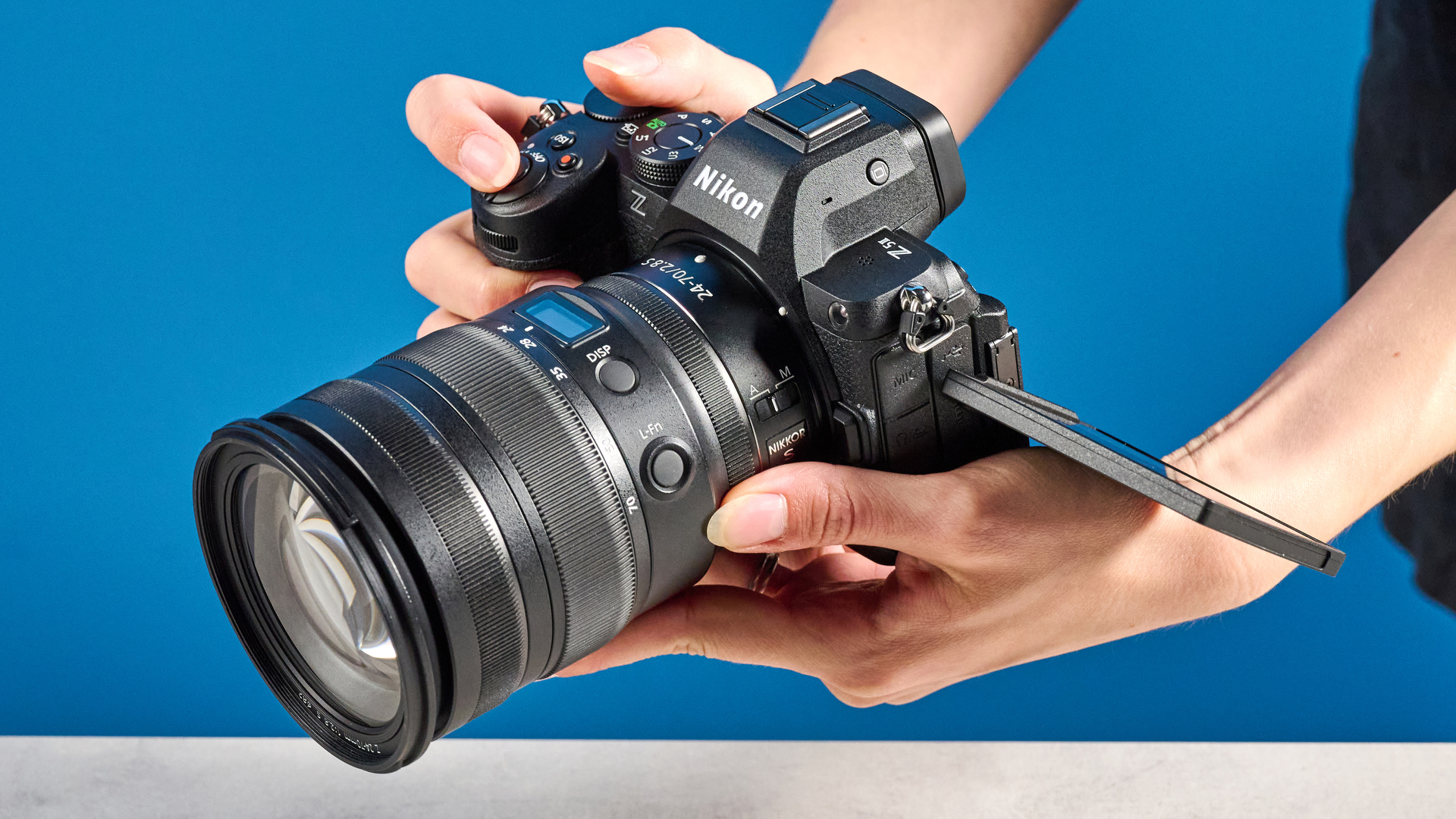
The Nikon Z5II can shoot video in up to 4K/60p which, combined with IBIS, make it a viable tool for hybrid shooters and content creation. It’ll even shoot internal 12-bit N-RAW at 4032 x 2268 (which is +4K resolution, but not the standard 4K UHD aspect ratio of 3840 x 2160) and up to 30p. N-RAW can be shot in either SDR or N-Log for increased dynamic range capture.
Also available internally is 10-bit or 8-bit H.265 .MOV recording in up to 4K/60p, with a choice of SDR, HLG for (almost) out of camera HDR footage, or N-Log for high dynamic range capture if grading in post.
All of this is impressive in such an affordable camera, although if video is going to be one of your primary use cases, I’d recommend a more video-focused body such as the full frame Panasonic Lumix S5IIX (MSRP $2,199, but available much cheaper) or the micro-four-thirds Panasonic Lumix GH7 ($2,199) — these offer a plethora of shooting formats and data capture rates, and will both offer much more flexibility and control over video capture.
Nikon Z5II review: Battery life
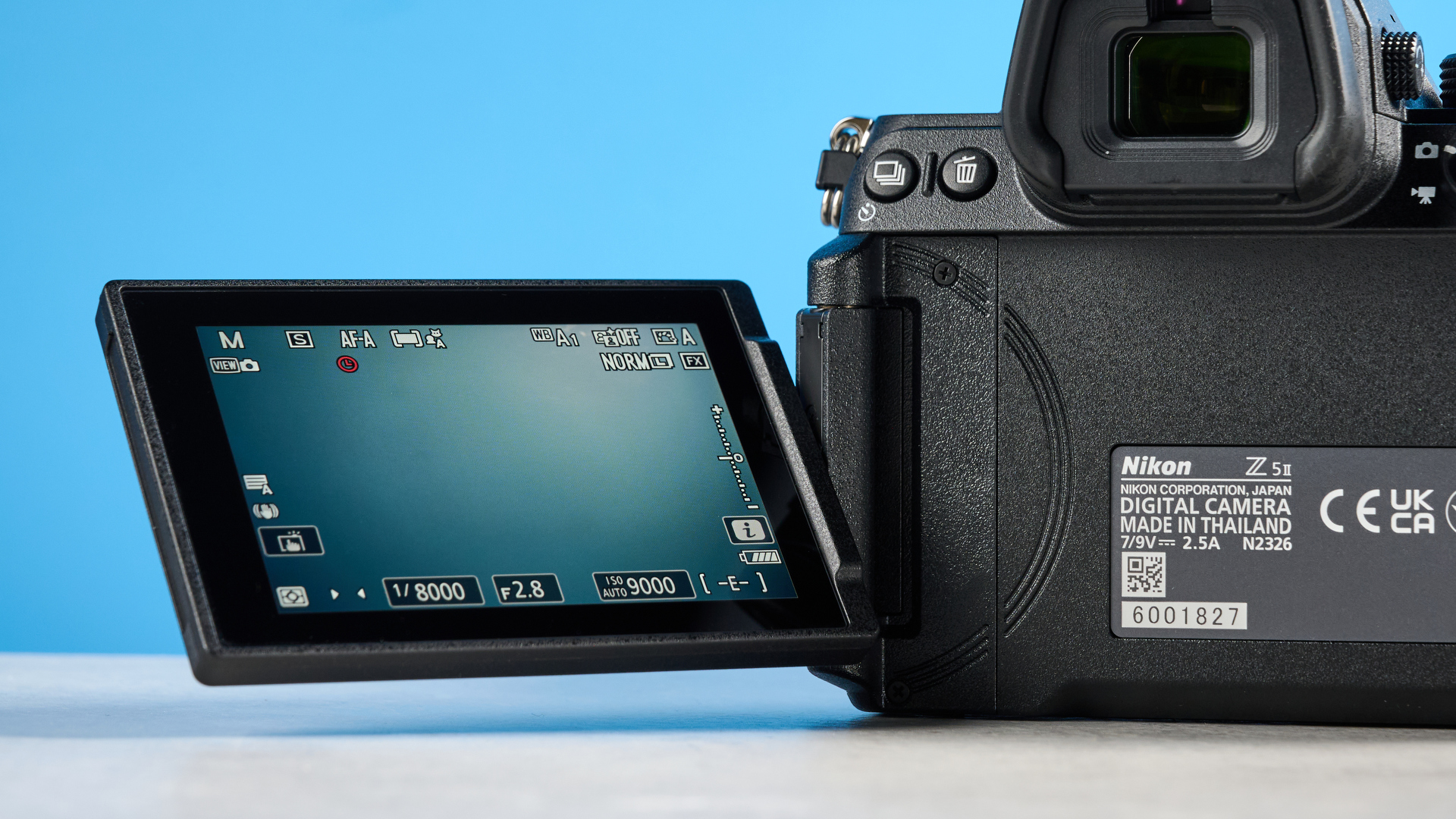
Using energy saver mode and only the rear display, Nikon rates the Z5II’s EN‑EL15c battery pack for 390 shots, dropping to 330 shots if using the viewfinder only.
I was able to push the camera towards the 400 shot mark with general usage, including playback and using the menus. This battery life is on par with the 370-shot EOS R8, but isn’t great, and you’ll want to pack a spare battery if shooting all day.
For the best battery life in this full frame price segment, the older Sony A7 III, is rated for over 600 shots, although that is an ageing camera now (Sony keeps its older bodies on sale).
Nikon Z5II review: Verdict
I can overlook the Z5II’s minor foibles, of which there are only really two. Battery life is nothing to write home about, and despite its respectable 15fps shooting rate, the subject detection AF simply can’t keep up.
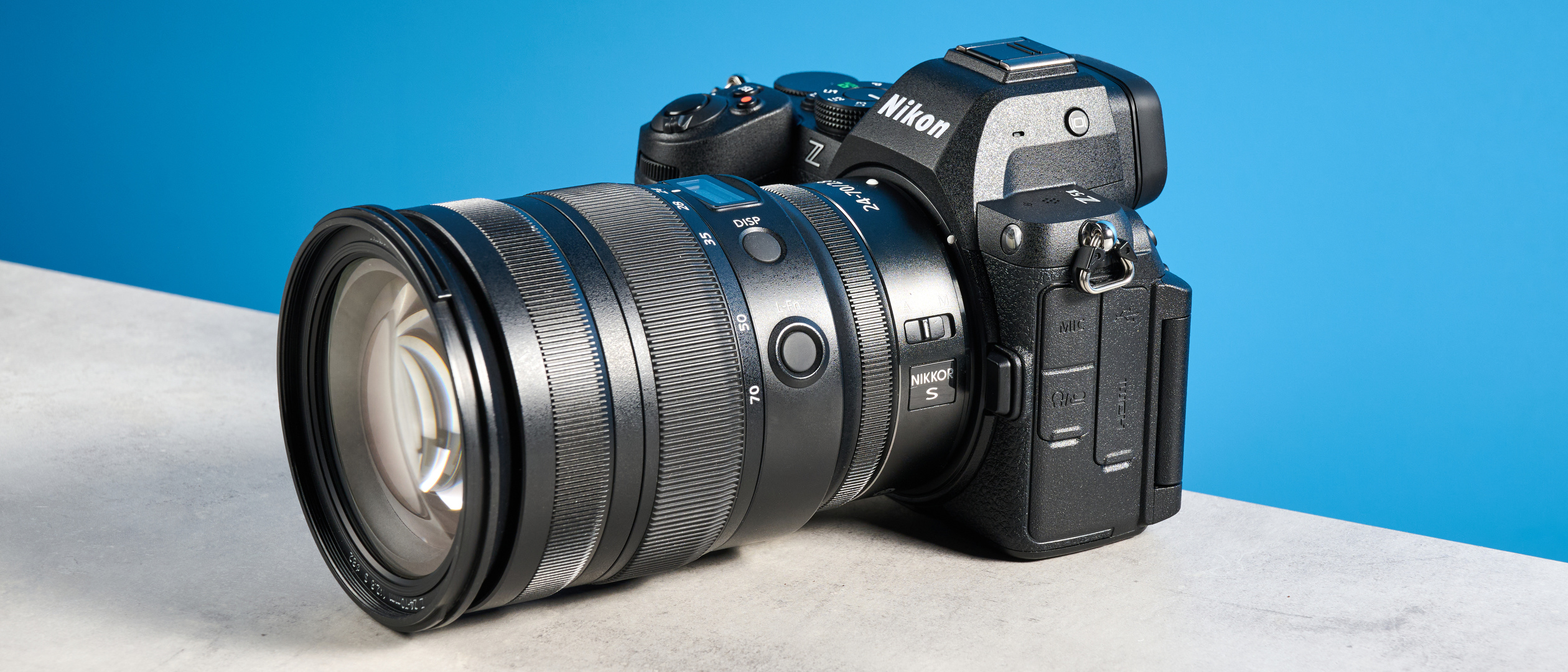
The thing is, the Z5II is a $1,700 full frame body, and in that context, this is a hell of a lot of camera for the money. AF performance is still respectable, and this isn’t supposed to be a high speed sports/wildlife camera anyway. Anyway, the battery life isn’t miles off the competition.
The Z5II’s imaging performance is brilliant. It produces beautiful stills, with excellent low light performance thanks to the modest resolution full frame sensor. And there’s plenty of video potential on tap, too, for hybrid shooters. There are also some super handy pro features, including dual card slots and IBIS, and the camera handles like a professional body should.
If you’re an enthusiast or semi-pro looking to take your photography to the next level, I’m not sure you can do better than the Z5II without dumping a serious amount of cash.
I think I might've just become a Nikon shooter.

Peter is a Senior Editor at Tom's Guide, heading up the site's Reviews team and Cameras section. As a writer, he covers topics including tech, photography, gaming, hardware, motoring and food & drink. Outside of work, he's an avid photographer, specialising in architectural and portrait photography. When he's not snapping away on his beloved Fujifilm camera, he can usually be found telling everyone about his greyhounds, riding his motorcycle, squeezing as many FPS as possible out of PC games, and perfecting his espresso shots.
You must confirm your public display name before commenting
Please logout and then login again, you will then be prompted to enter your display name.


